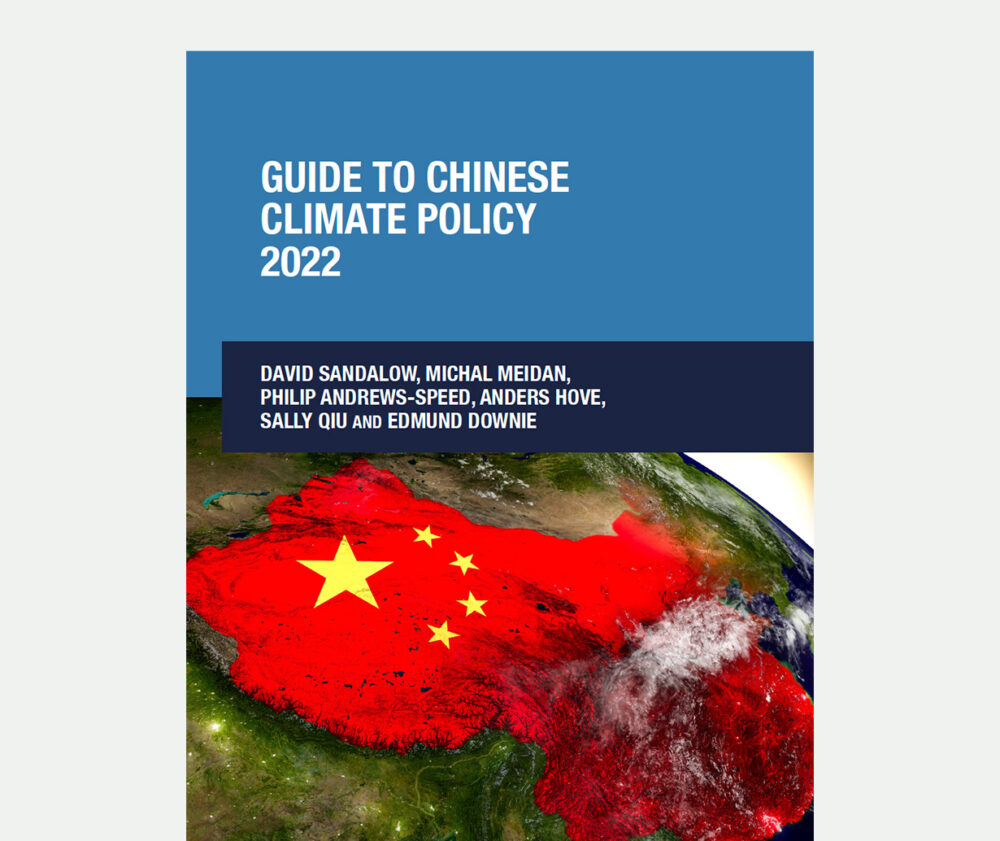During the summer of 2022, record heat swept across China. On June 25, the temperature in the northeast province of Hebei reached 44.2°C (111.6°F)—breaking an all-time record there. On July 13, the temperature in Shanghai reached 40.9°C (105.6°F)—the highest temperature ever recorded in the famous coastal city. In mid-August, dozens of heat records were broken daily across much of central China. One meteorologist called the heat wave—which lasted from mid-June through the end of August—“the worst ever seen worldwide.” 1
Extreme heat struck elsewhere too. On July 19, weather stations in the United Kingdom recorded temperatures above 40°C (104°F) for the first time in history. In the United States, at least 43 locations broke or tied their records for the hottest July ever. On August 9, the temperature in western Iran reached 53.6°C (128.5°F)—the highest August temperature ever recorded in Asia. 2
These heat waves—and similar ones in recent summers—are just one of the impacts scientists predict from the growing accumulation of heat-trapping gases in the atmosphere. More severe and frequent storms, droughts and floods are also ahead, and seas are rising. ³
China’s leaders have declared that “climate change is a severe threat to all mankind” 4 and set ambitious long-term climate goals. The Chinese government has invested vast sums promoting low-carbon technologies. Yet climate goals often appear to be subordinate to other goals in the short term and implementation of climate policies sometimes lags.
Every year since 2006, China has led the world in emissions of heat-trapping gases. Last year, more than 30% of heat-trapping gases emitted globally came from China. China’s cumulative emissions since the beginning of the Industrial Revolution are 15% of the global total (second only to the United States) and growing fast. 5
There is no solution to climate change without China.
The most recent version of the Guide to Chinese Climate Policy was released in 2019. My goal was to provide a reliable and authoritative resource on China’s response to climate change.
Much has changed in the world since 2019. Perhaps most significant, the COVID-19 pandemic has cost millions of lives and disrupted the global economy.
Much has changed in Chinese climate policies since 2019 as well. Perhaps most significant, in September 2020 President Xi Jinping announced an ambitious new goal—that China would aim to achieve carbon neutrality by 2060. This goal implies dramatic changes in China’s economy and energy infrastructure in the decades ahead. In the past two years, the Chinese government has announced many policies that help achieve this long-term goal. Chinese leaders have also made clear that carbon neutrality should be pursued in harmony with other important goals, including economic growth and energy security. 6
On the ground, trends in China’s response to climate change in the past three years have been mixed.
On the one hand:
- In each of the past three years, China led the world in new solar power, wind power and hydro power projects. China leads the world in renewable power deployment by far, with more than three times as much capacity as any other nation. 7
- In each of the past three years, China led the world in production and sales of electric vehicles. Roughly 45% of the electric cars and 95% of the electric buses in the world today are in China. 8
- In each of the past three years, China led the world in deployment of new nuclear power plants. Roughly 19 GW of new nuclear power capacity is under construction in China—about a third of the nuclear power capacity under construction in the world. 9
On the other hand:
- In each of the past three years, China’s carbon dioxide (CO2) emissions have continued to climb (despite a brief drop in the first half of 2020 due to the COVID-19 pandemic). In 2021, China’s CO2 emissions grew 5–6%—the largest annual increase in many years. 10
- In each of the past three years, significant new coal power plant capacity has been approved and come on line in China. In 2021, two-thirds of new coal power plant capacity added globally was in China. 11
The 2022 edition of the Guide to Chinese Climate Policy covers these topics and more. All chapters in the 2019 edition have been comprehensively updated. The 2022 edition also includes eight new chapters on topics discussed briefly, if at all, in previous editions. The new chapters are on Power Market Reform (Chapter 9); the Manufacturing Sector (Chapter 11); Hydrogen (Chapter 13) Coal-Based Oil, Gas and Chemicals (Chapter 15); Carbon Capture, Utilization and Storage (Chapter 16); Clean Energy R&D (Chapter 20); Urbanization (Chapter 21) and the Food System (Chapter 22).
For this edition of the Guide to Chinese Climate Policy, it has been my enormous privilege and pleasure to work with five extraordinary co-authors: Michal Meidan, Philip Andrews-Speed, Anders Hove, Sally Qiu and Edmund Downie. Each brings deep expertise and experience to the topics in this book. Each brought commitment, dedication and good humor to the project. I hope they’ve enjoyed our collaboration and learned as much from it as I have.
Each chapter in this book was drafted by one co-author and edited by another. Each chapter was then read by at least one and often several external reviewers (not among our team of co-authors). We’re hugely grateful to the 38 external reviewers who read our draft texts, providing invaluable comments and insights. (Their names are in the Acknowledgments section.) Any mistakes are of course our own.
This Guide provides an updated resource for anyone interested in China’s climate change policies.
We hope you find it useful.
David Sandalow
References

